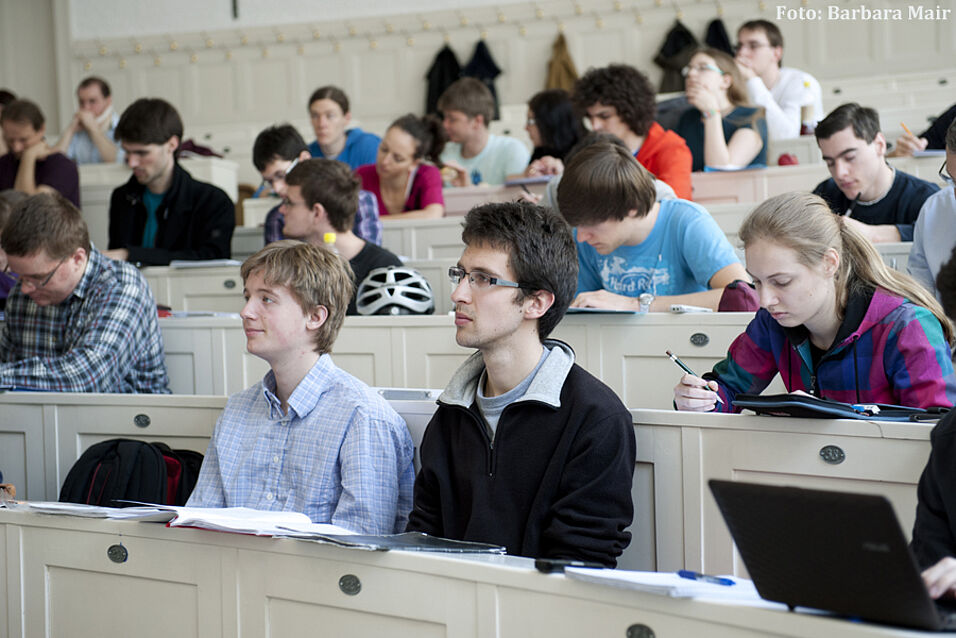Extending nanostructures into the third dimension has become a vibrant research avenue in condensed-matter physics, because of geometry- and topology-induced phenomena. Modern advances of high-tech fabrication techniques have allowed for generating geometrically and topologically nontrivial manifolds at the nanoscale, which determine novel, sometimes counterintuitive, electronic, magnetic, optical and transport properties of such objects and unprecedented potentialities for design, functionalization and integration of nanodevices due to their complex geometry and non-trivial topology [1]. I will focus on prospect directions and challenges in the domain of superconductivity and vortex matter in curved 3D nanoarchitectures and their great potential for magnetic field sensing, bolometry, and information technology have been demonstrated [2]. A topological transition between the vortices and phase slips under a strong transport current is found in open superconductor Nb nanotubes with a submicron-scale inhomogeneity of the normal-to-the-surface component of the applied magnetic field [3]. This transition determines the magnetic-field-voltage and current-voltage characteristics, which imply a possibility to efficiently tailor the superconducting properties of nanostructured materials by inducing a nontrivial topology of superconducting screening currents. Dynamic topological transitions in open superconductor nanotubes occur under a combined dc+ac transport current [4]. The key effect is a transition between two regimes of superconducting dynamics. The first regime is characterized by a pronounced first harmonic in the Fast Fourier Transform (FFT) spectrum of the induced voltage at the ac frequency. It is typical of two cases, when the dominant area of the open tube is superconducting at relatively low magnetic fields and/or weak dc currents or normal at relatively high magnetic fields and/or strong dc currents. The second regime is represented by a rich FFT spectrum of the induced voltage with pronounced low-frequency components due to an interplay between the dynamics of superconducting vortices or phase slips and those driven by the ac.
[1] V. M. Fomin, Self-rolled Micro- and Nanoarchitectures: Topological and Geometrical Effects. De Gruyter, Berlin-Boston, 148 pp. (2021).
[2] V. M. Fomin, O. V. Dobrovolskiy, Appl. Phys. Lett. 120, 090501, 1-12 (2022).
[3] R. O. Rezaev, E. I. Smirnova, O. G. Schmidt, V. M. Fomin, Commun. Physics 3, 144, 1-8 (2020).
[4] V. M. Fomin, R. O. Rezaev, O. V. Dobrovolskiy, Sci. Reports 12, 10069, 1-10 (2022).
Vladimir M. Fomin (Dresden): Topology- and geometry-driven properties of superconductor 3D nanoarchitectures
Location:
Verwandte Dateien
- Fomin_2023-02-17.pdf 159 KB

Foto: Barbara Mair
